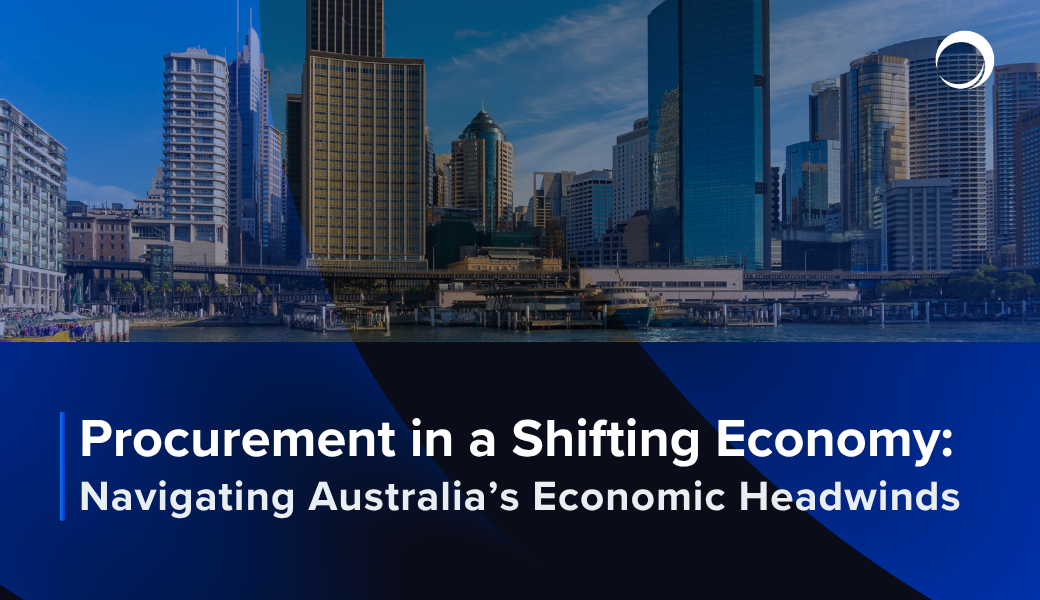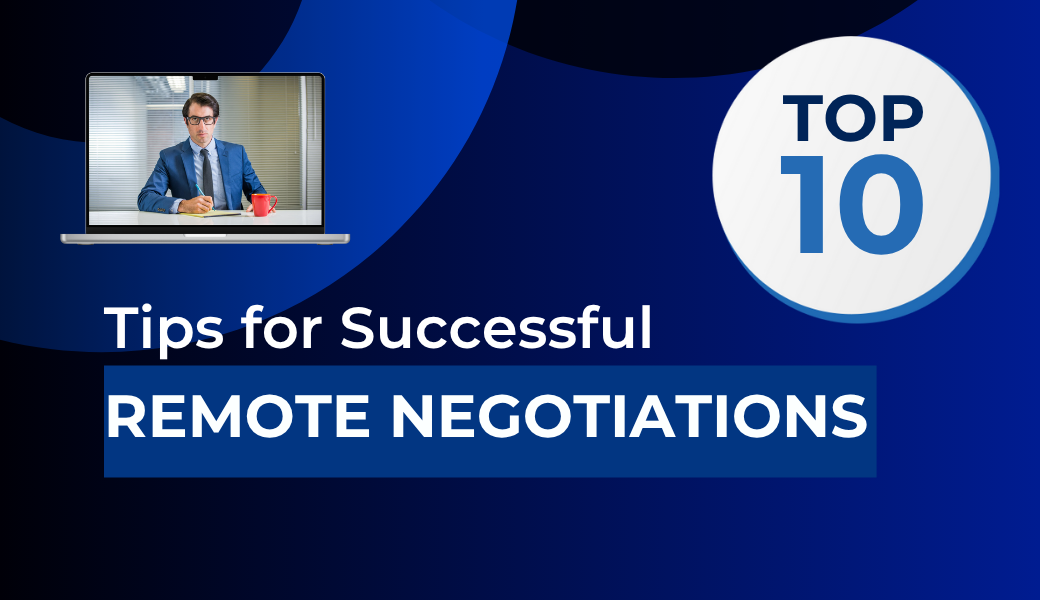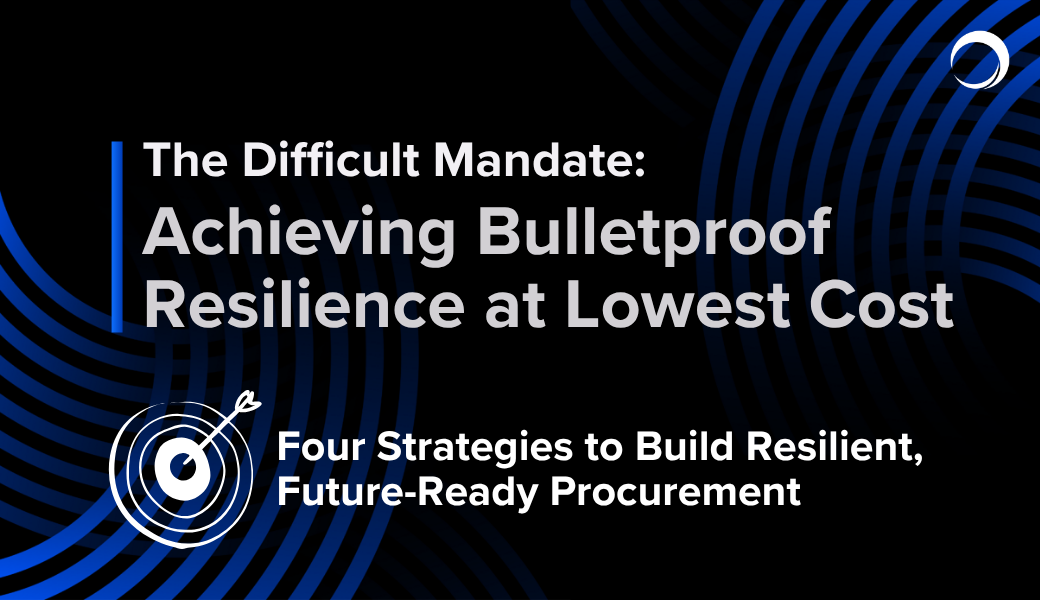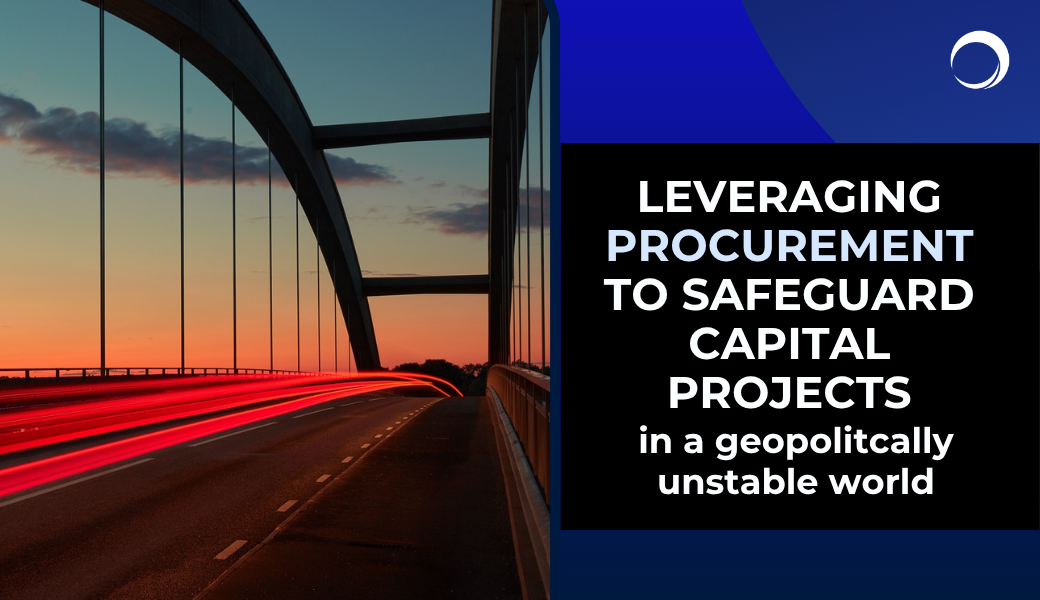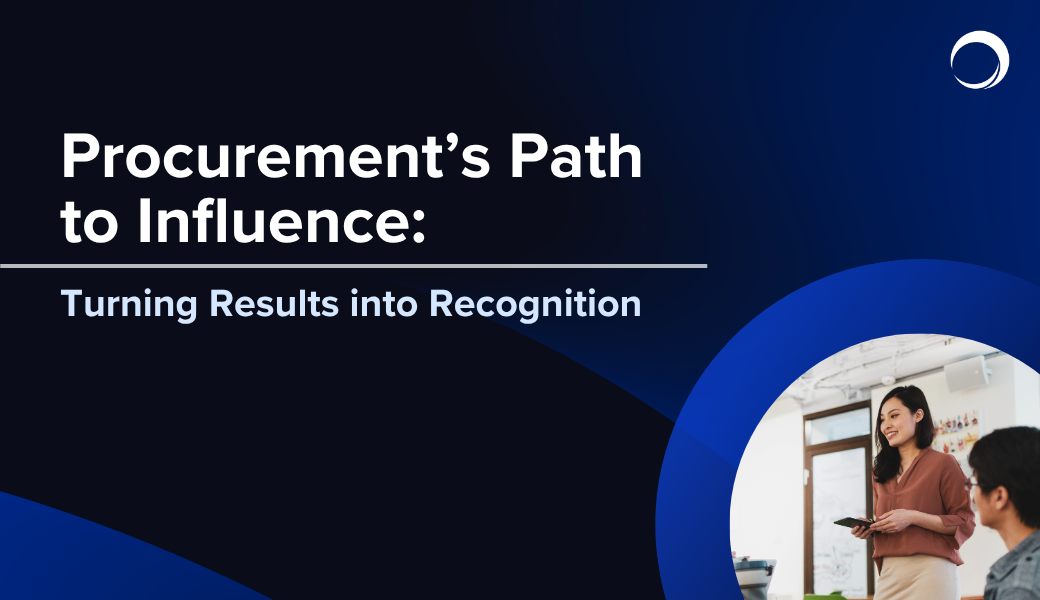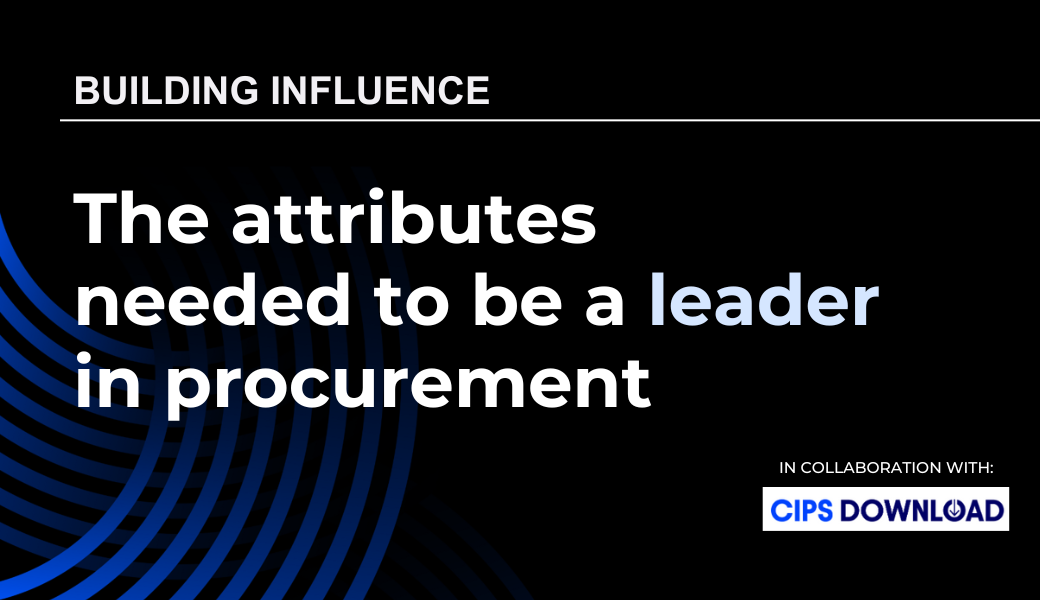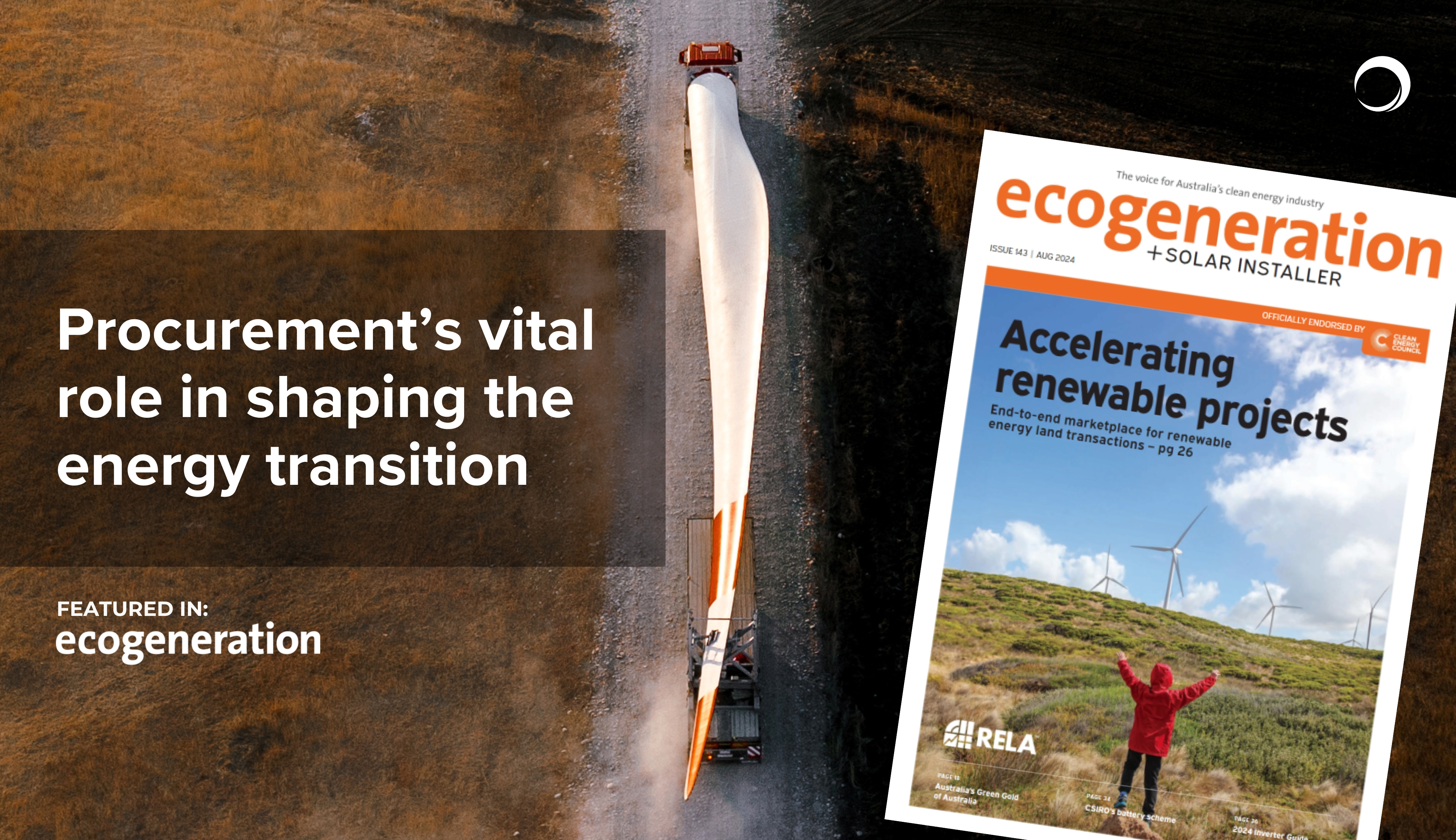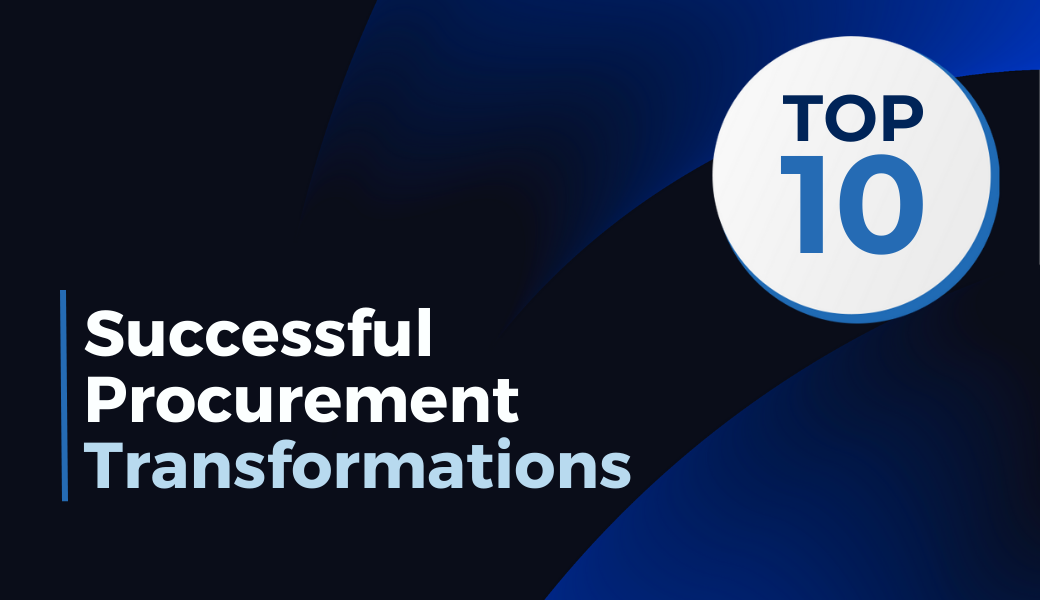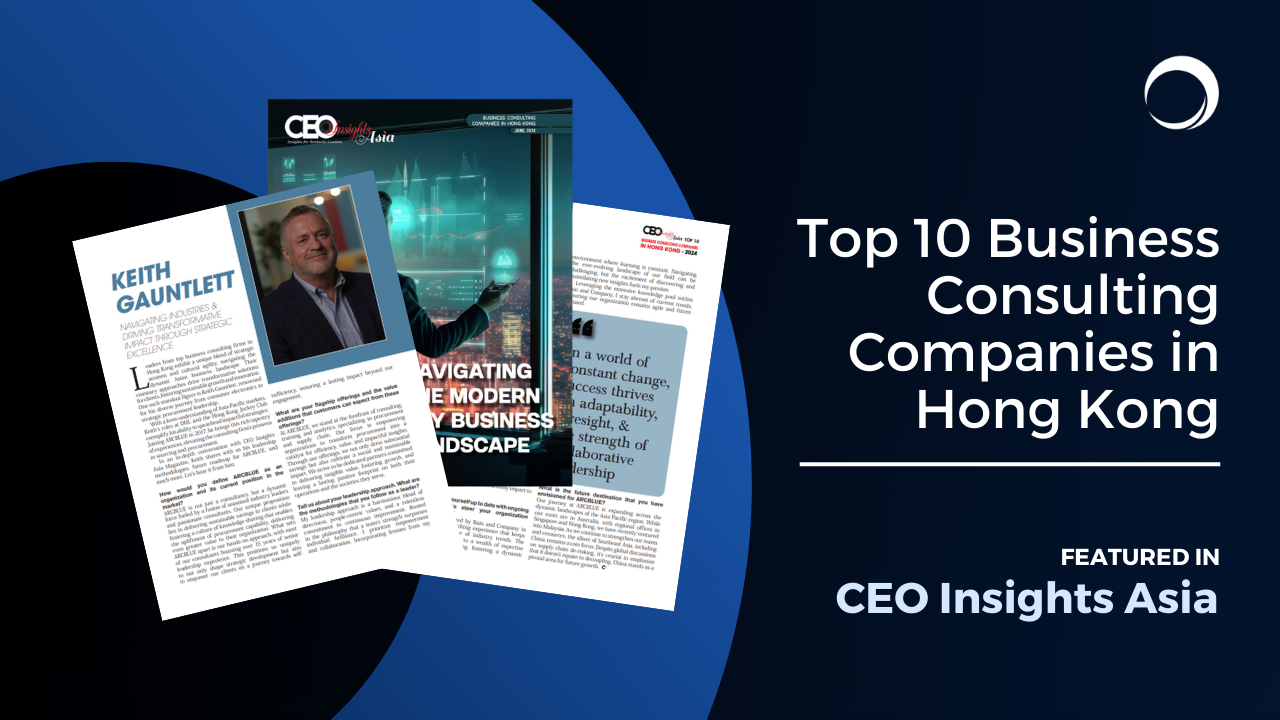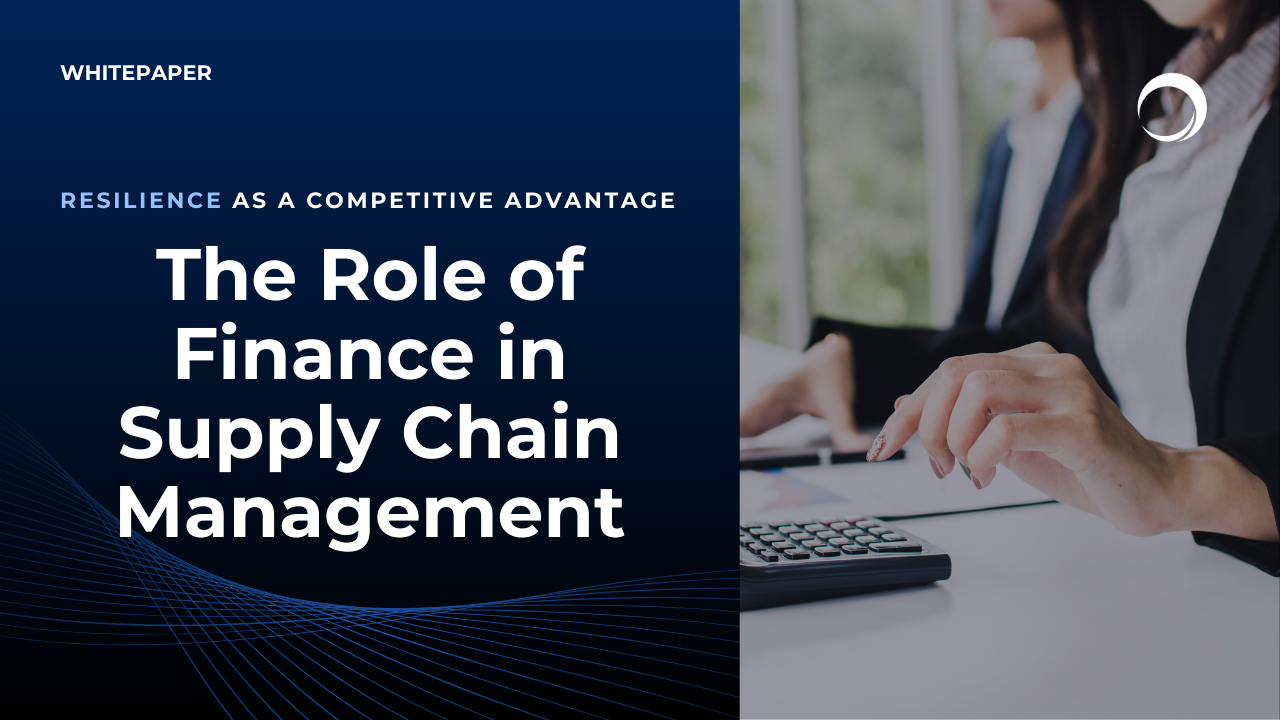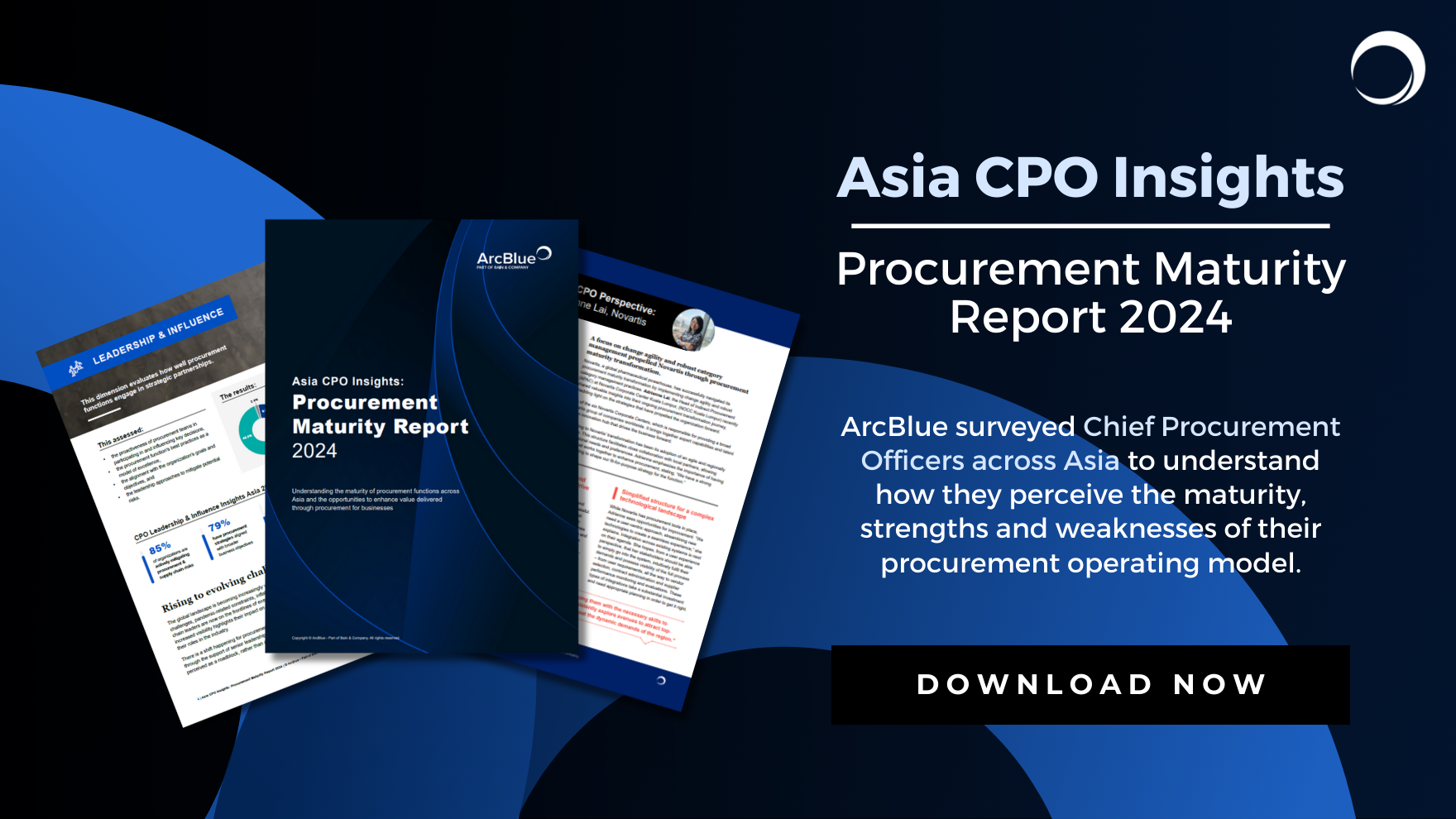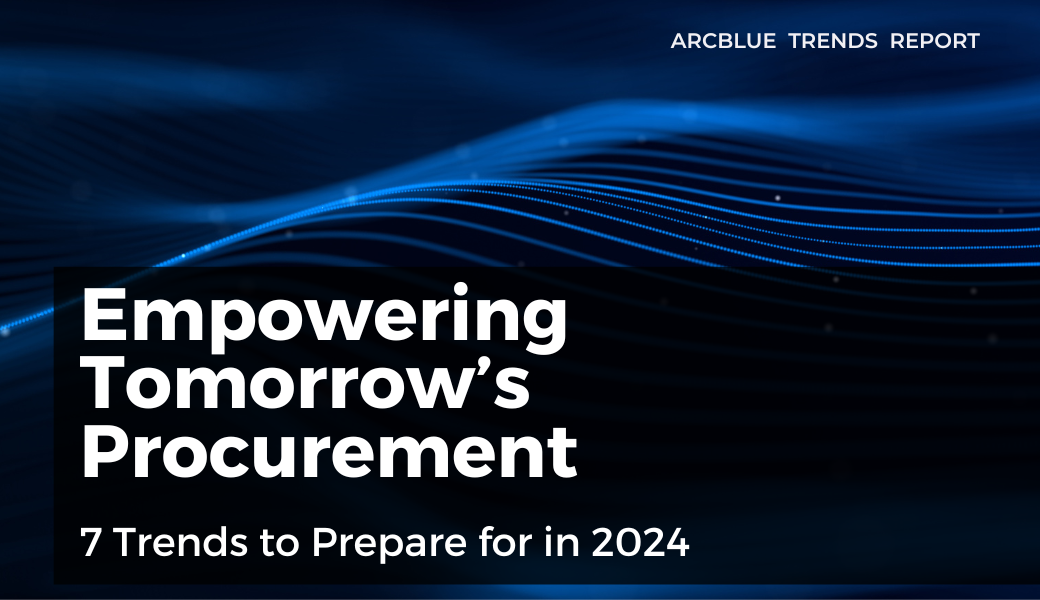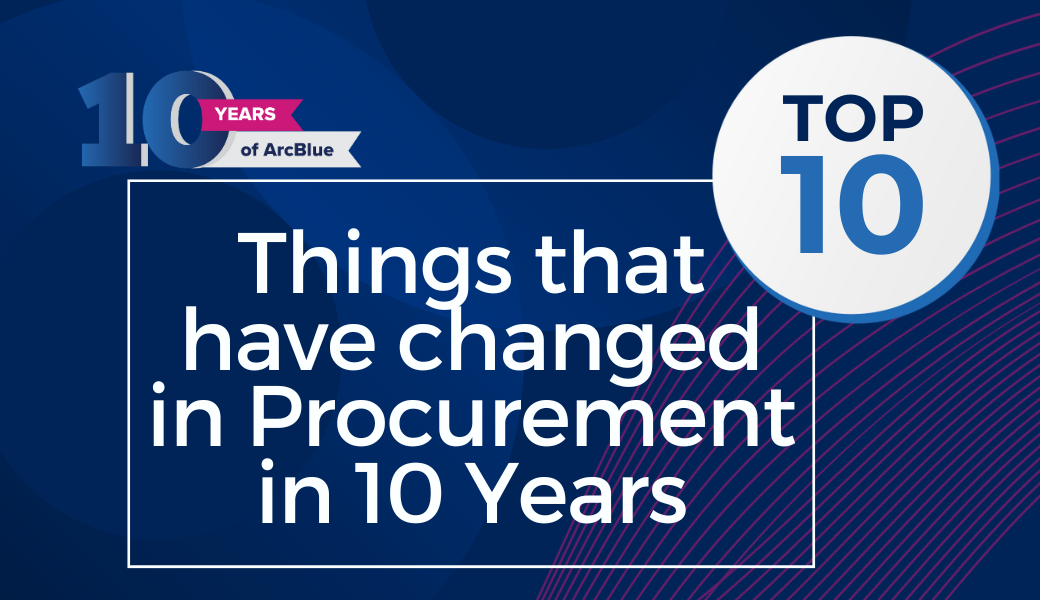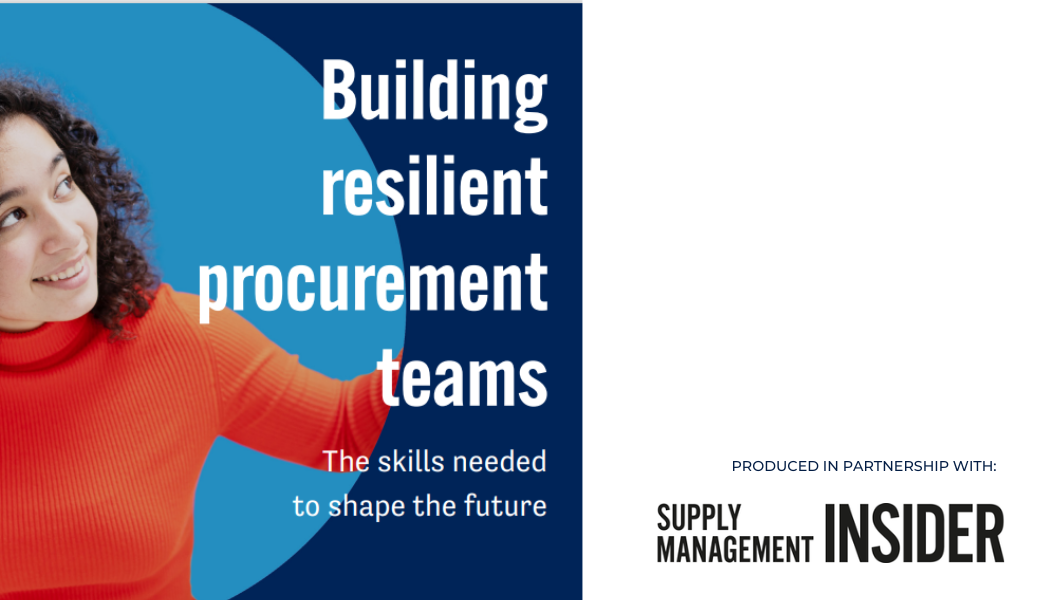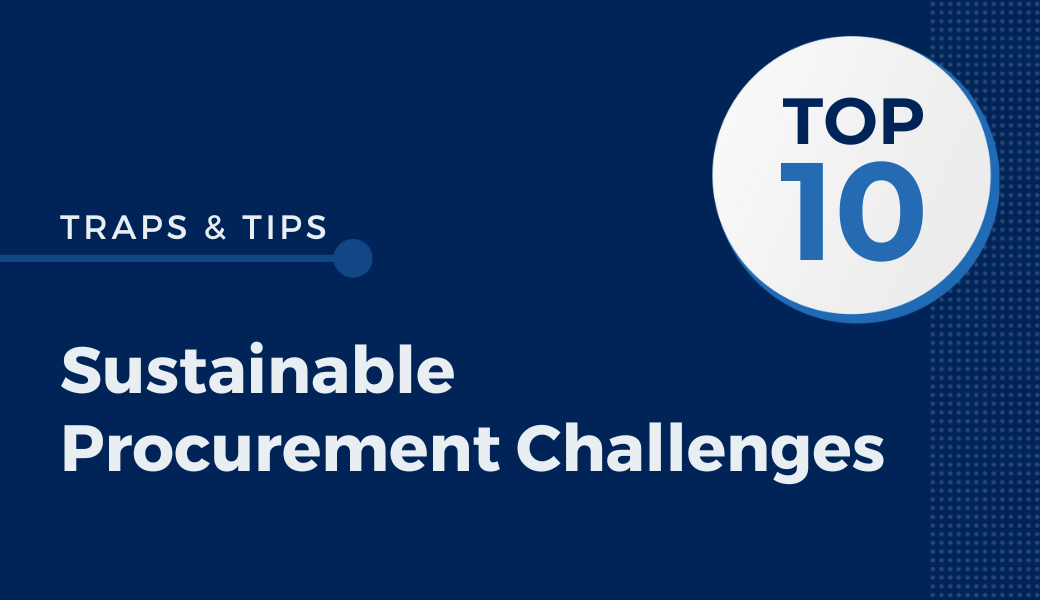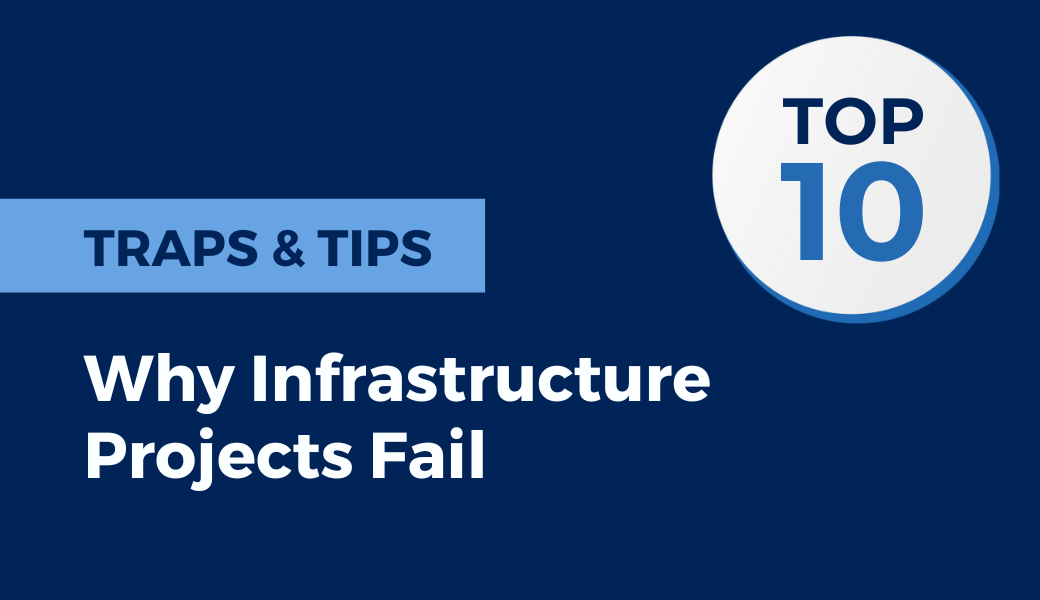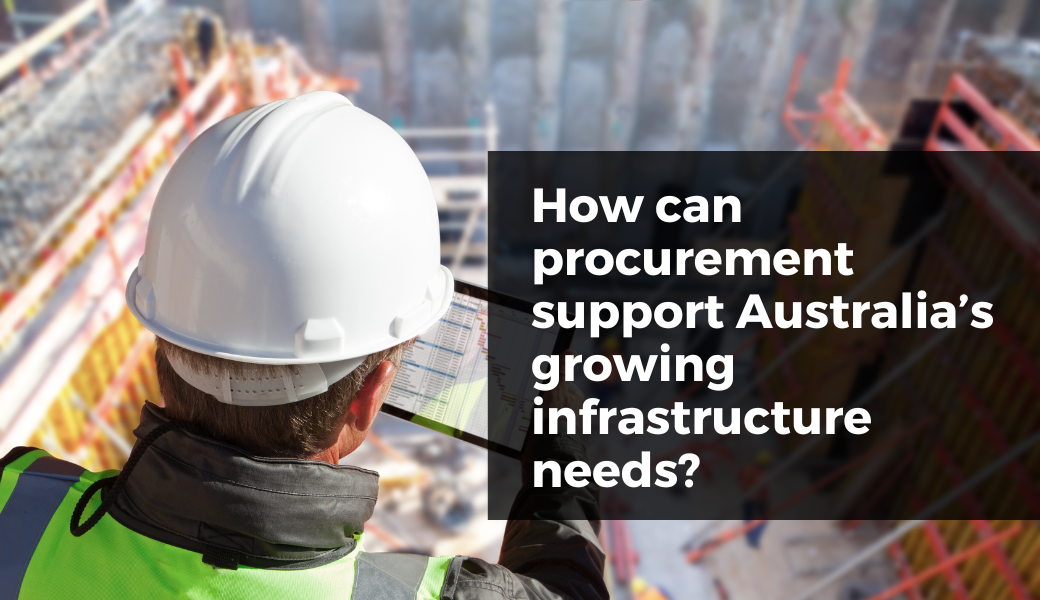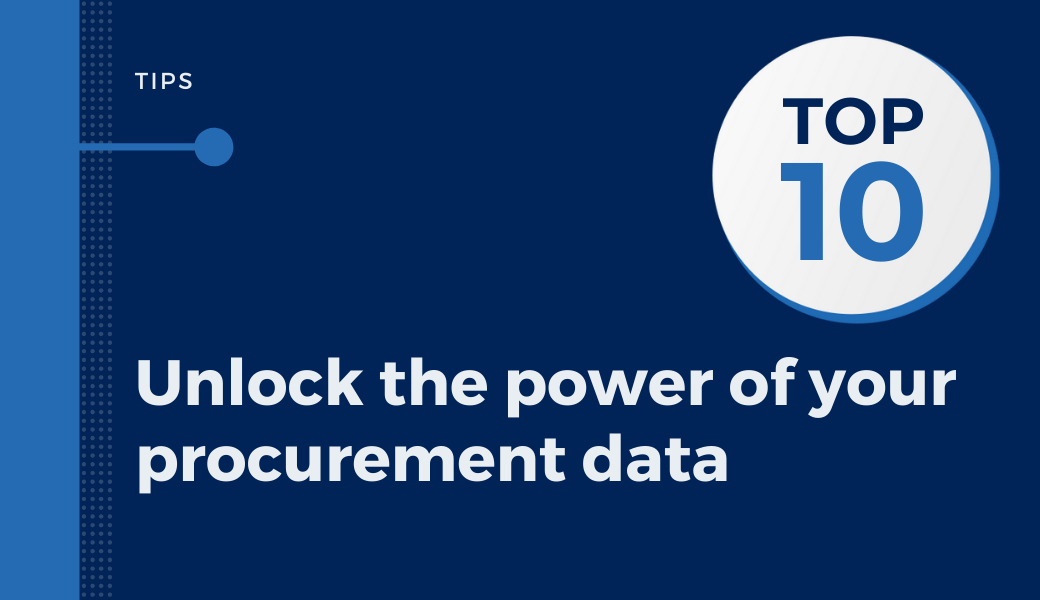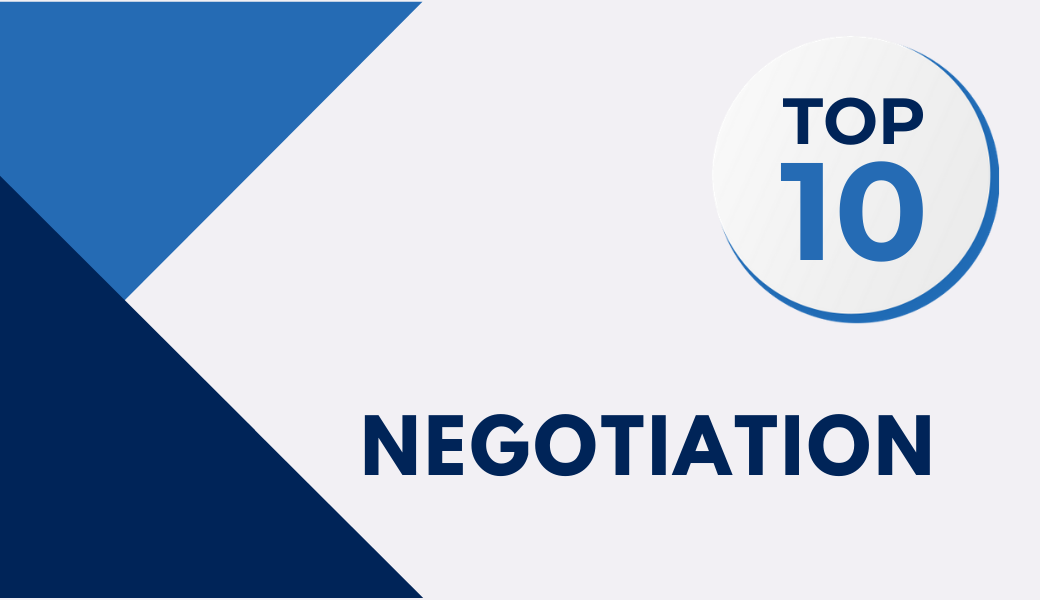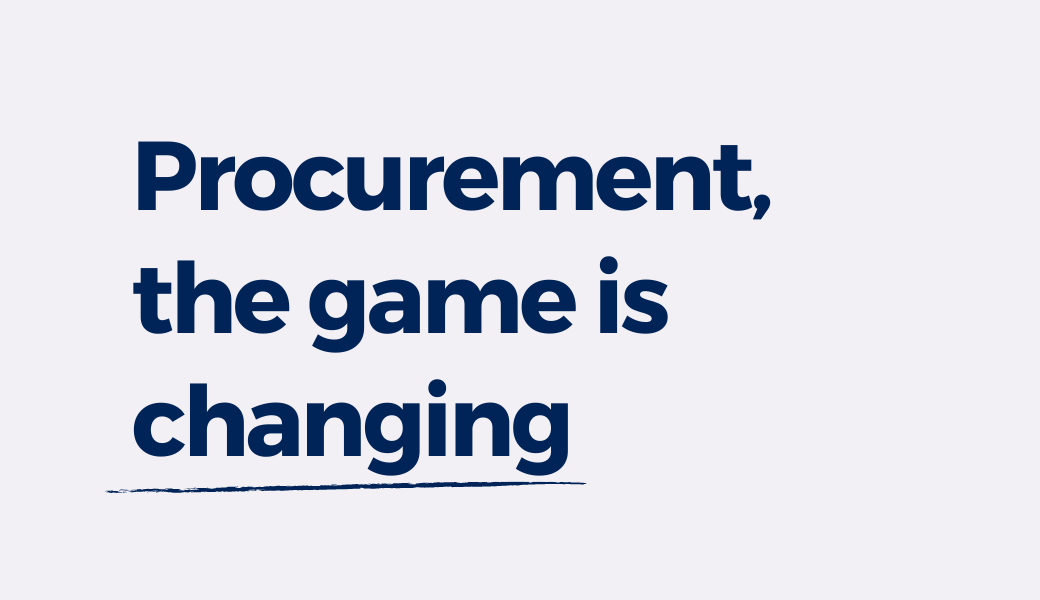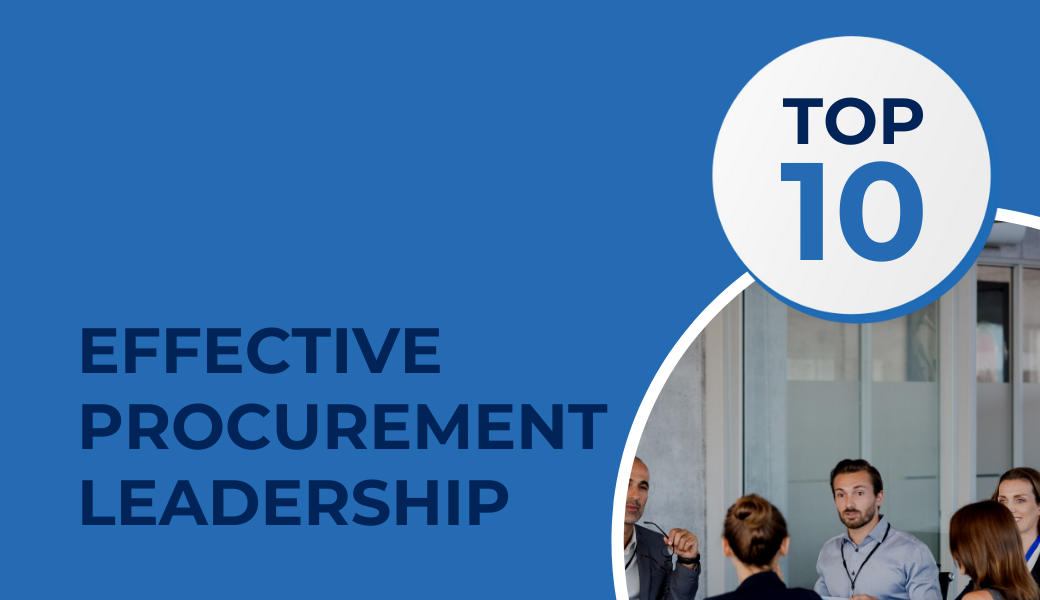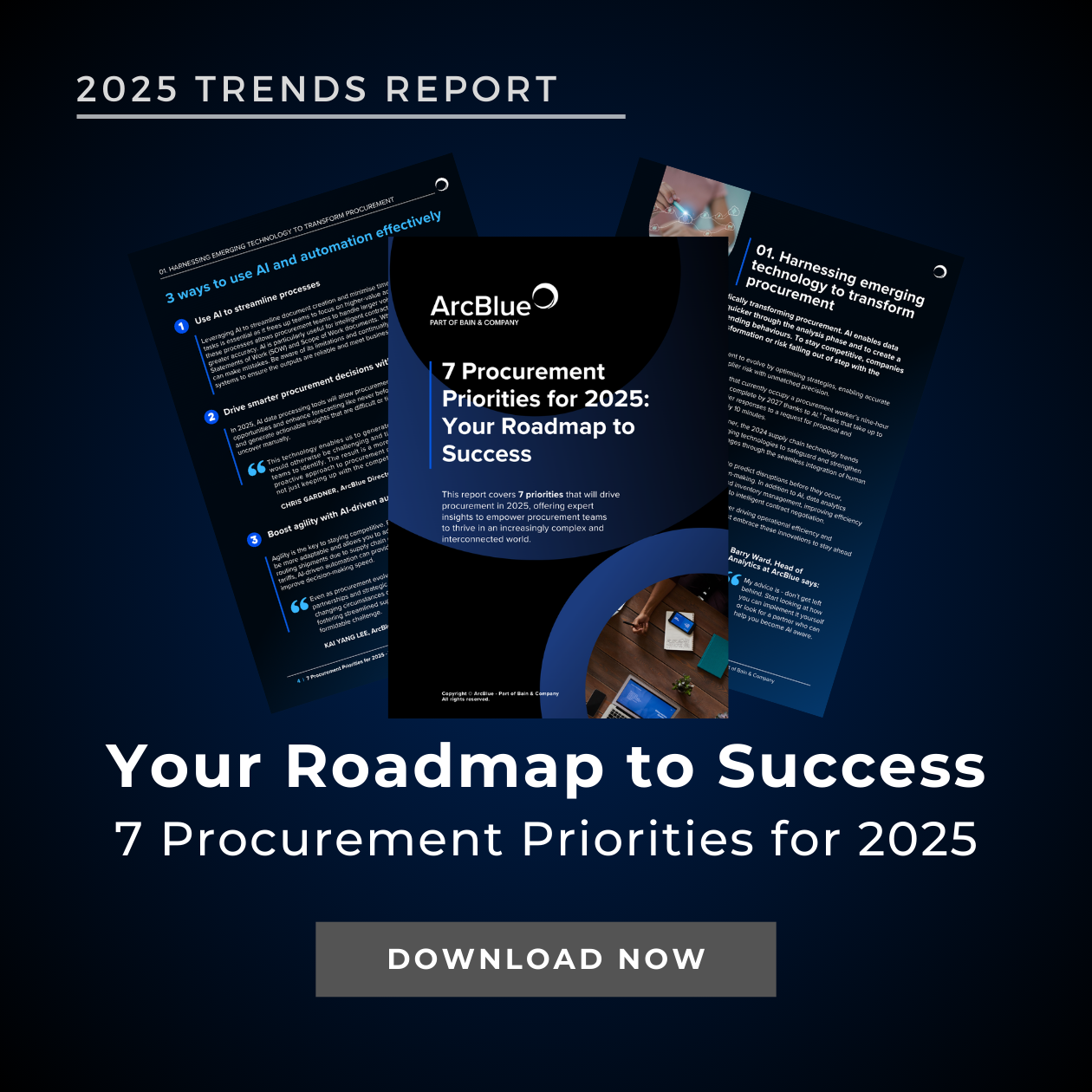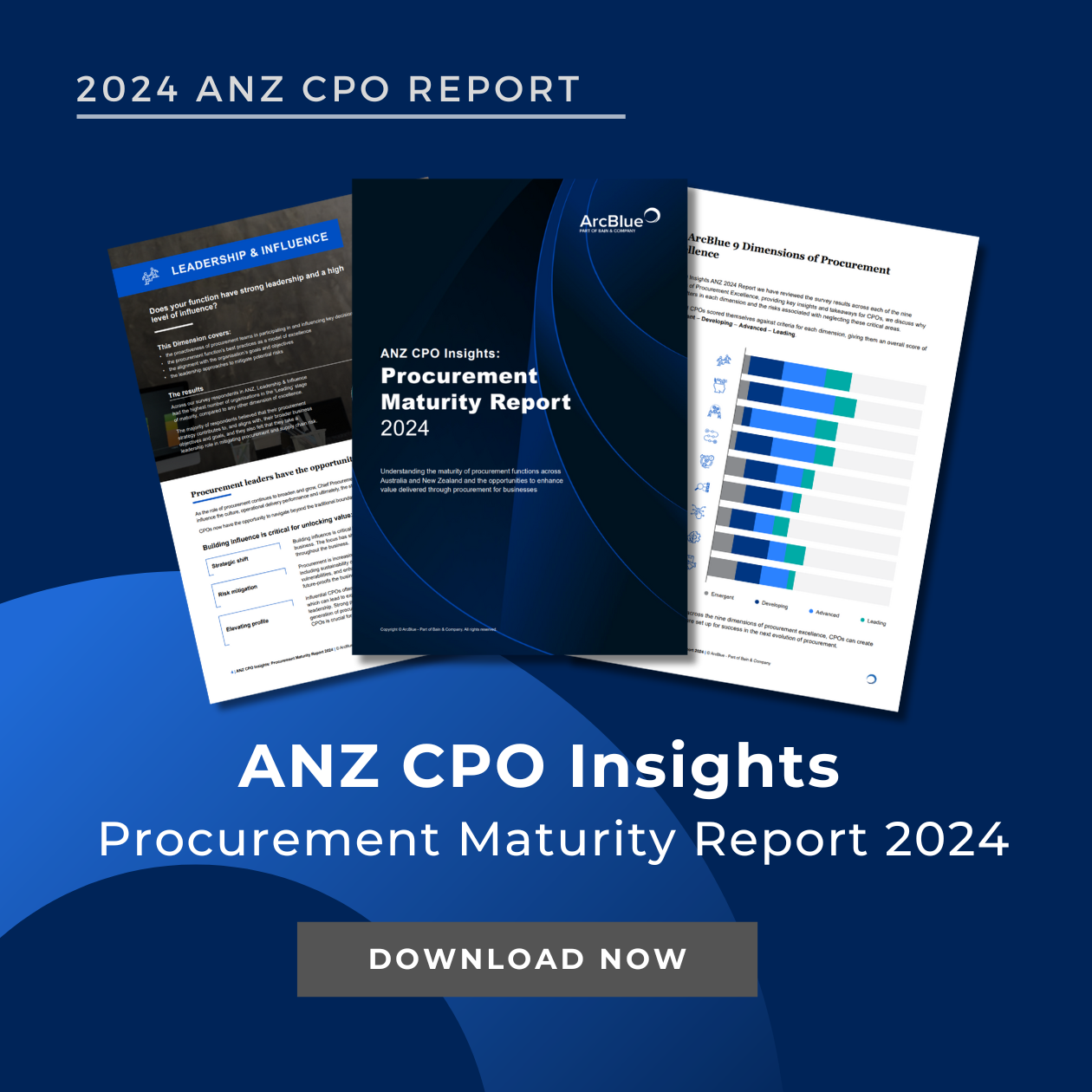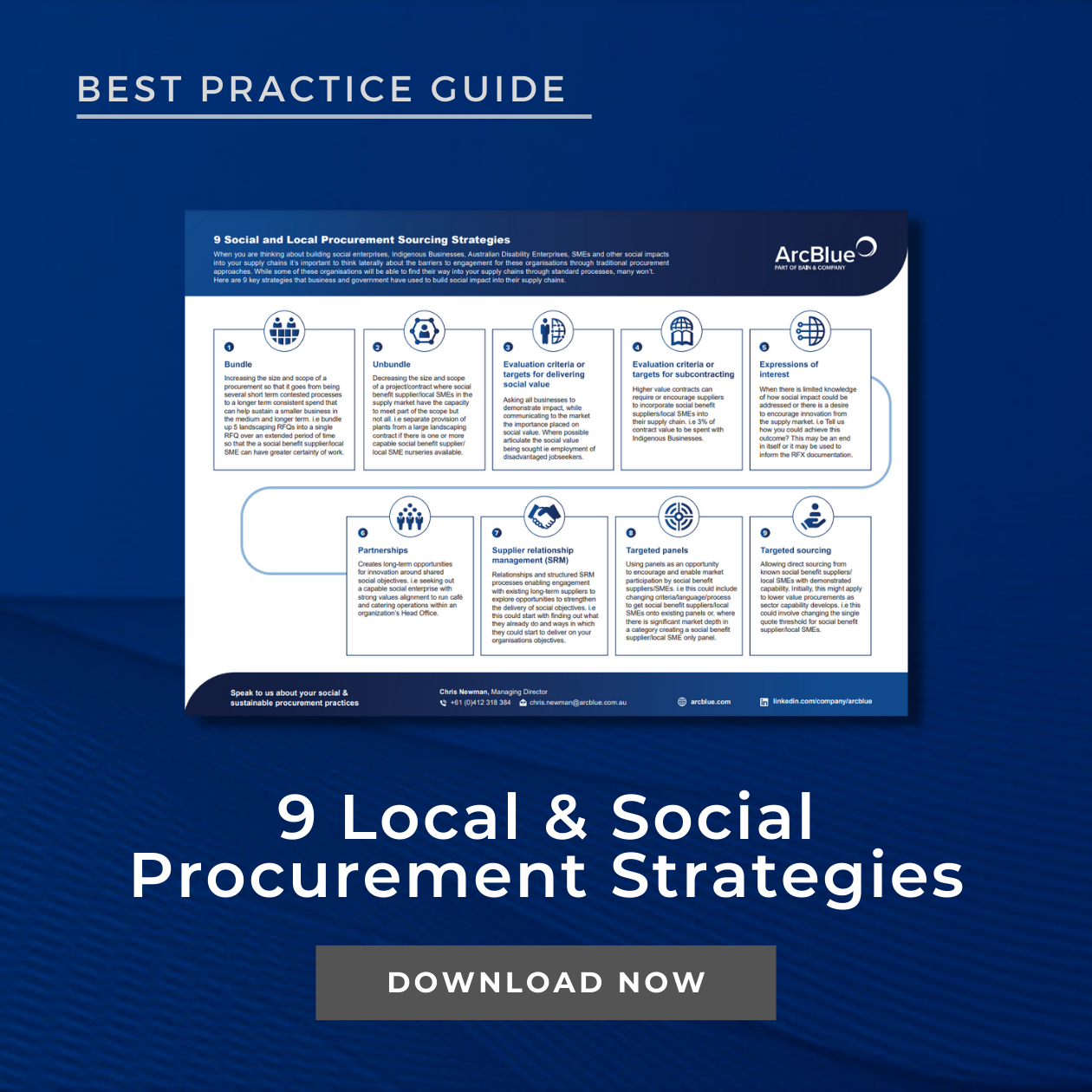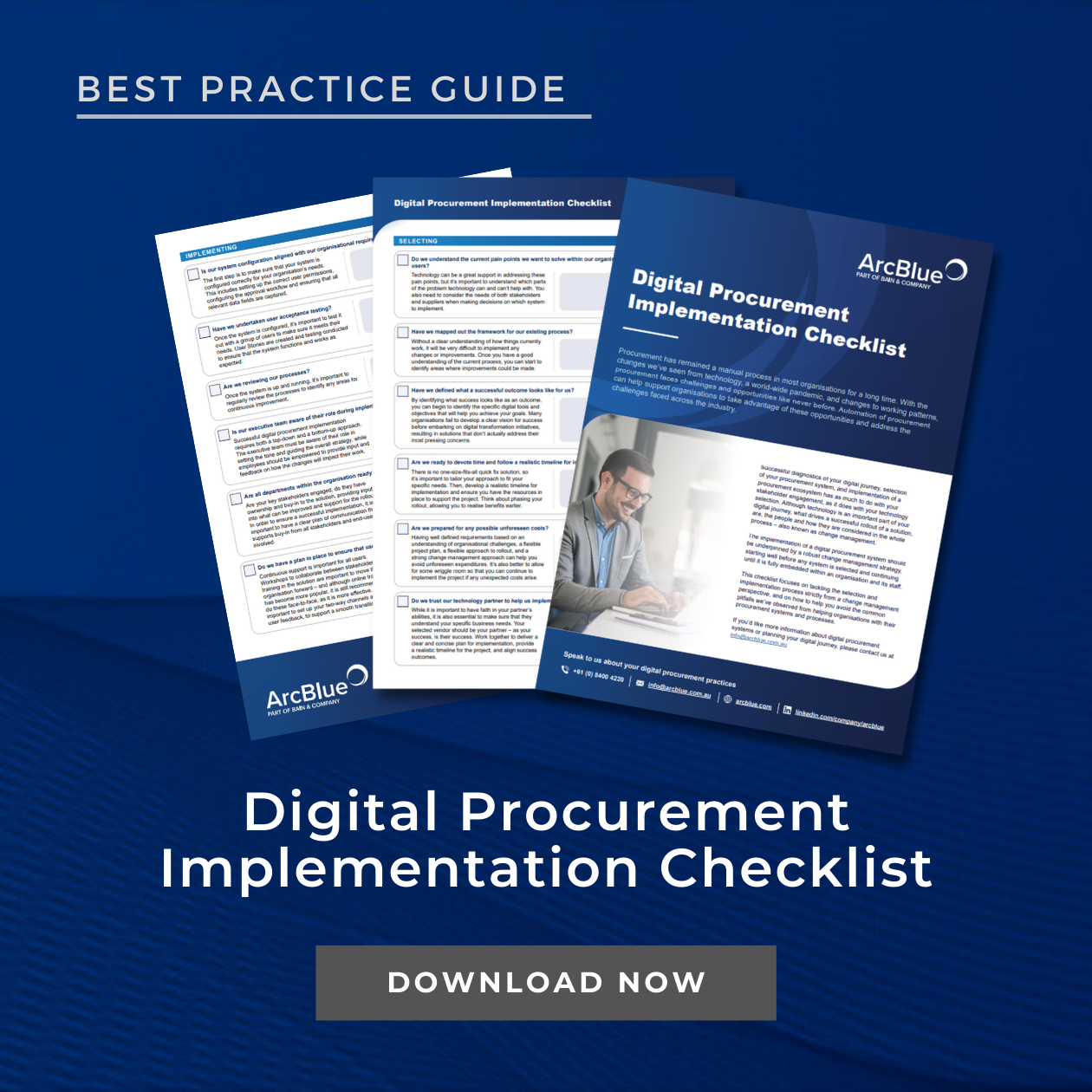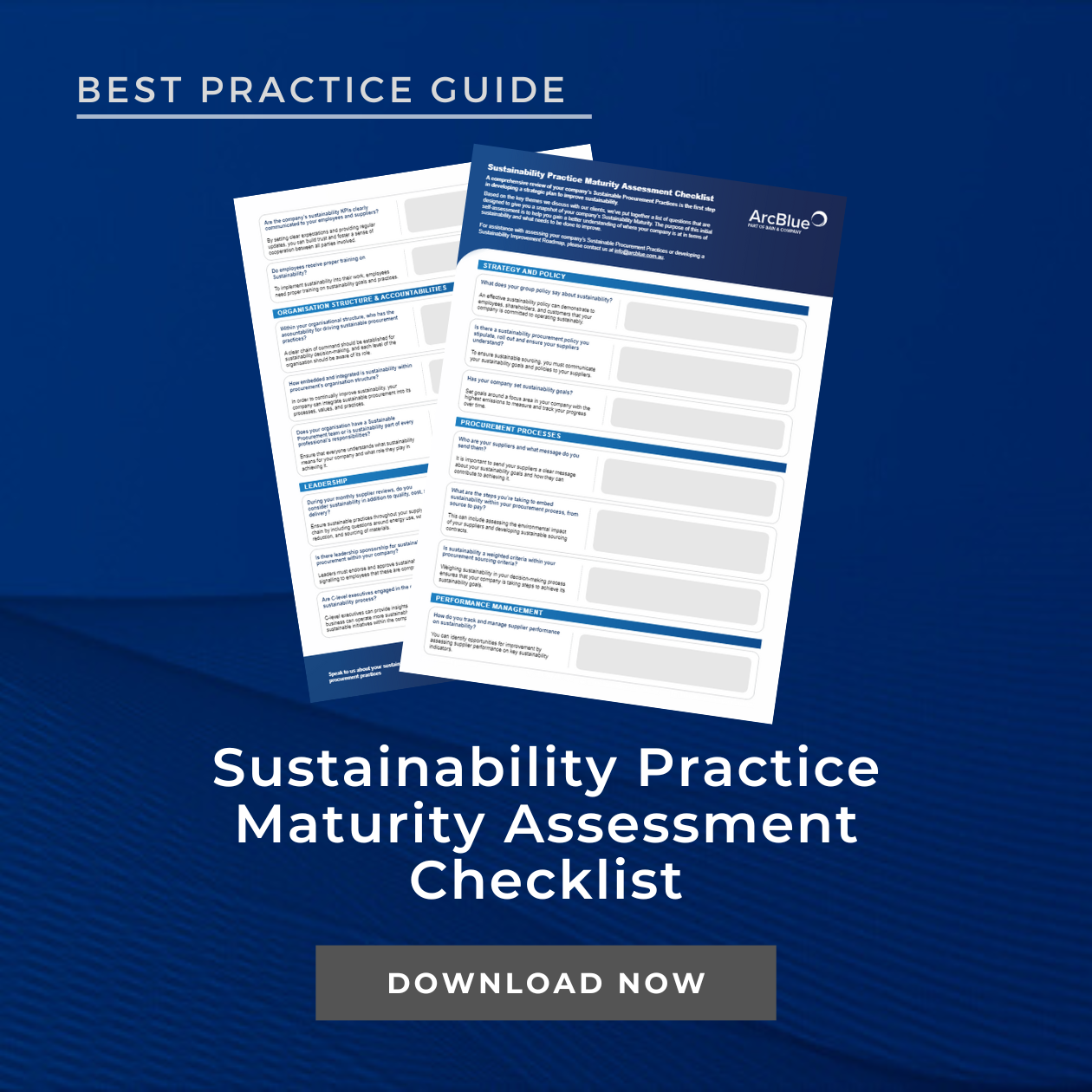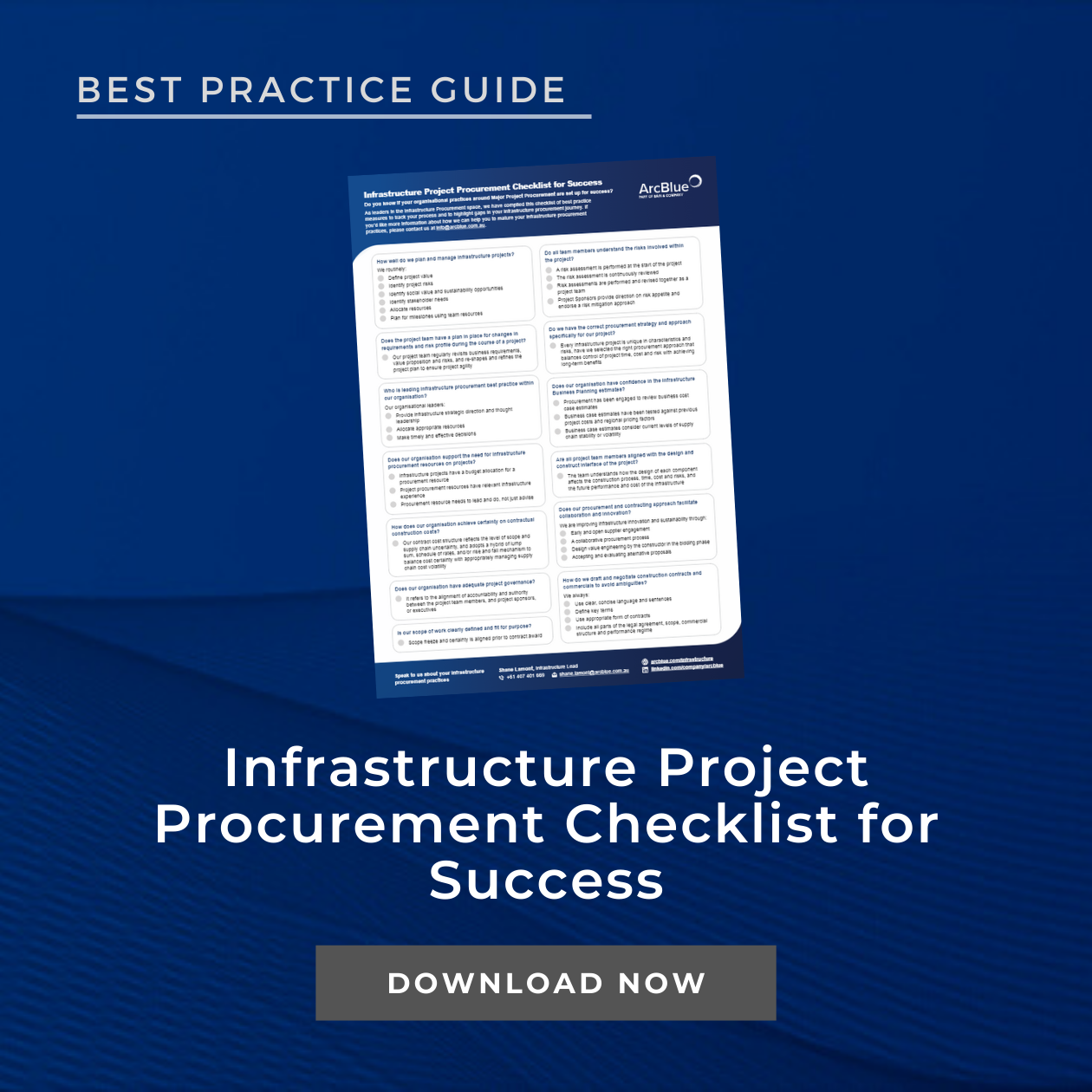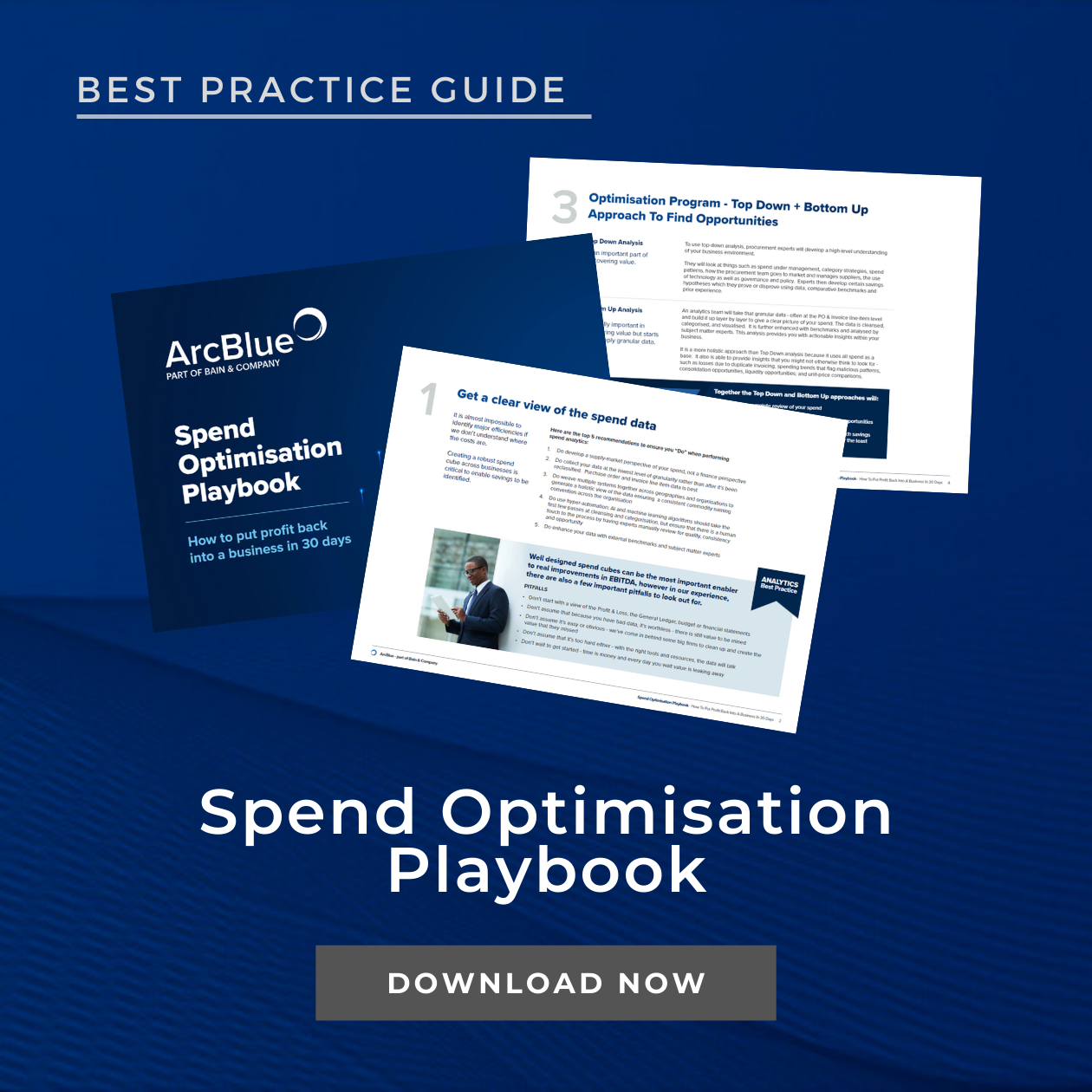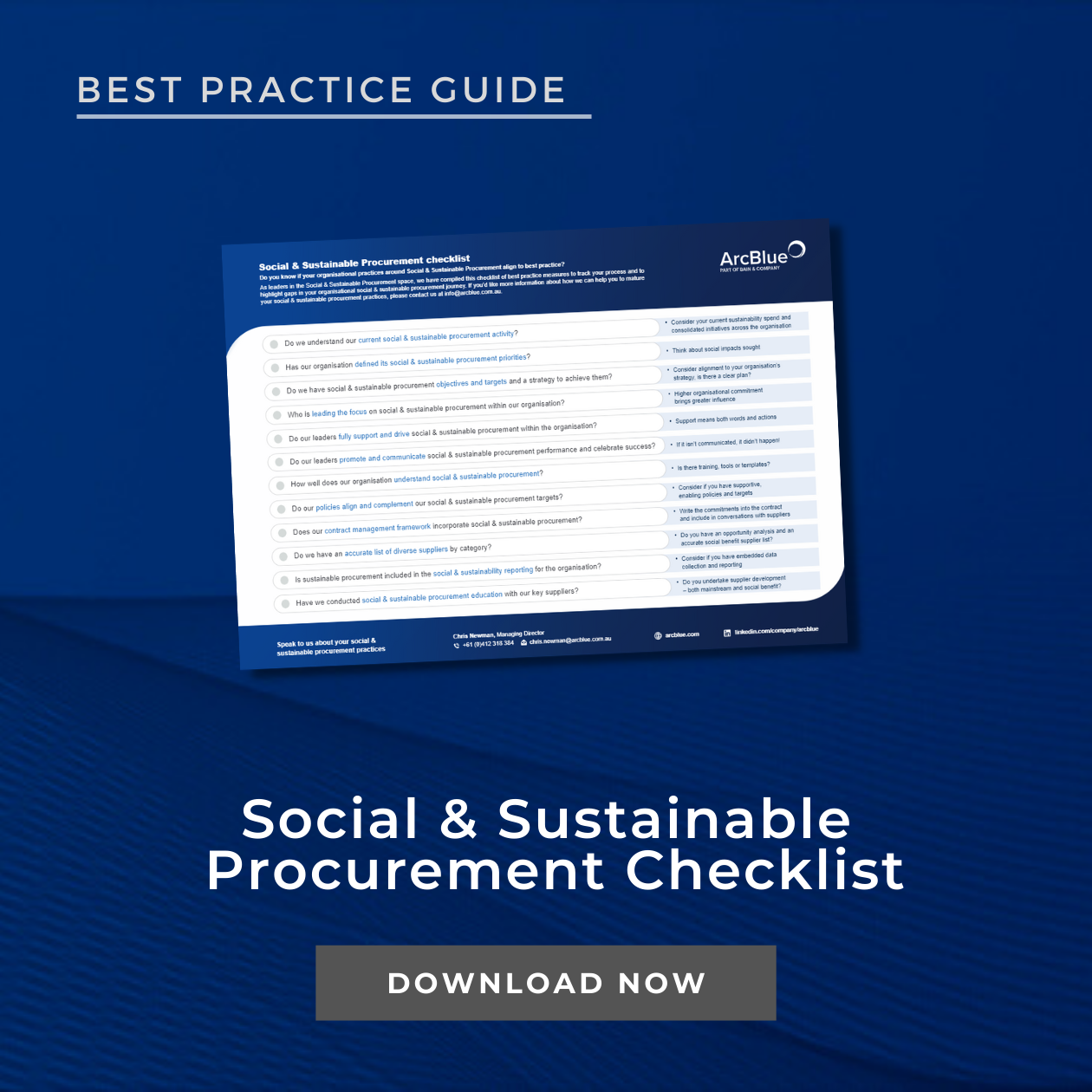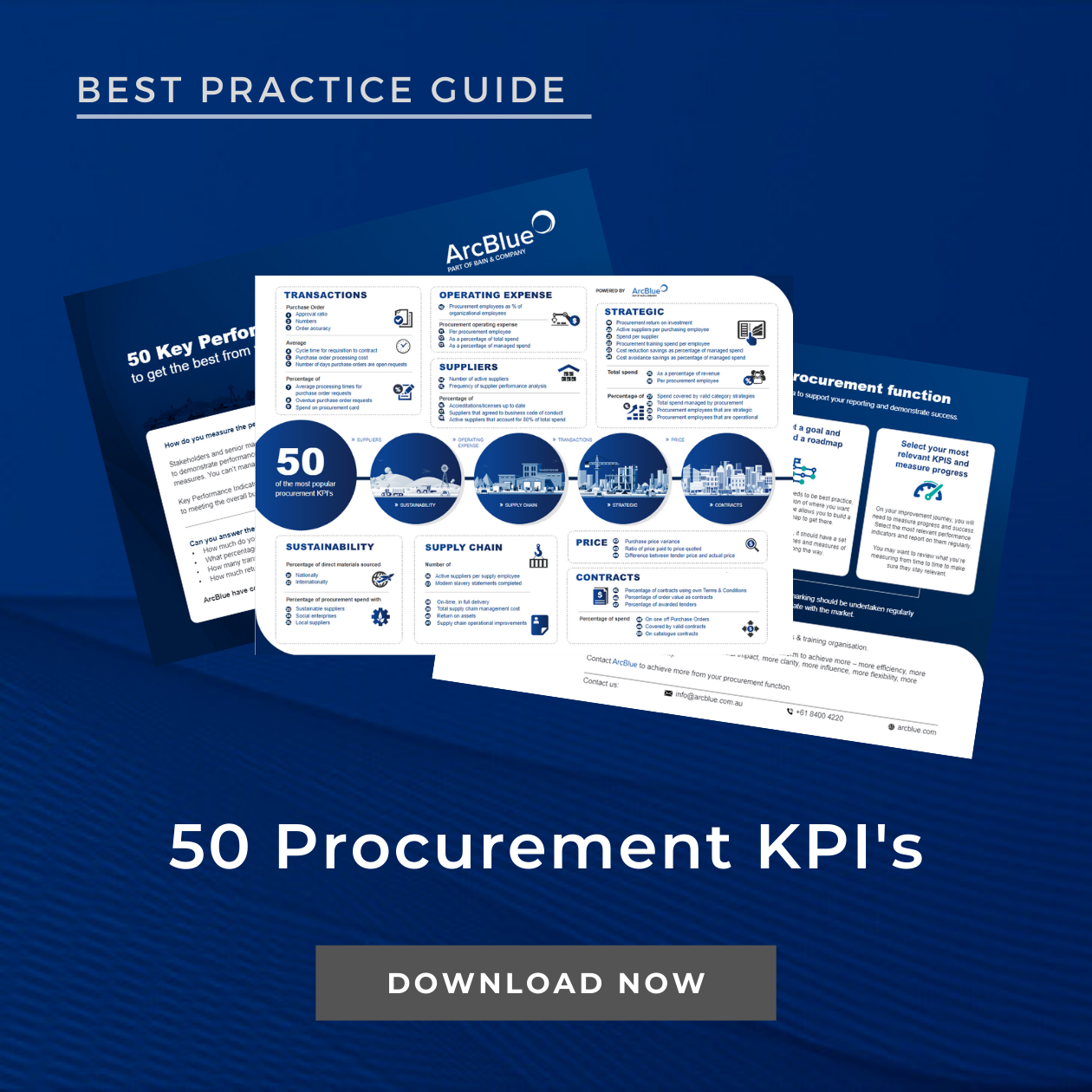- TOP 10 LIST
TOP 10:
Traps & Tips - Challenges Organisations Face
When Implementing Sustainable Procurement
November 2022
Increasing regulatory requirements around issues such as modern slavery and carbon emissions mean that companies can no longer afford to ignore what is happening in their supply chains.
As a result, many organisations are now adopting Sustainable Procurement practices. Making the switch to Sustainable Procurement may pose some challenges for your company, so we’ve created a list to identify the biggest challenges organisations face and what to do to address them.
1 Lack of buy-in from the C-suite and Executives
It can be difficult to get decision-makers on board with Sustainable Procurement initiatives if they don’t fully understand the benefits or how it can be implemented in a way that is advantageous to the organisation. Getting the resources needed for Sustainable Procurement can be challenging without executive-level support.
TIP: It’s important to have a communication strategy in place to make the case for change. When you can articulate why Sustainable Procurement is important and how it supports the business goals, you’re more likely to get buy-in from key decision-makers.
2 Unsure of the sustainability topics that your company considers to be most crucial
Organisations often face the challenge of not knowing where to start. With so many sustainability areas to choose from, it can be difficult to identify which ones are most relevant to your company. As a result, many organisations struggle to get their Sustainable Procurement journey off the ground.
TIP: A key step is to do a Materiality Assessment, where you canvas your different stakeholders to understand from them what their biggest priorities are. This will help identify sustainability areas you can focus on and the resources needed for the solutions. While Materiality Assessments can be conducted internally, a professional consultant will provide you with an objective and full perspective of all of the company’s key stakeholders.
3 Unclear view of where to focus supply chain engagement efforts
Without clear goals and objectives, it can be easy to get lost in the weeds when trying to make your supply chain more sustainable. Uncertainty about your biggest carbon footprint can be risky, and not being able to manage and reduce those risks can affect your brand’s reputation.
TIP: Spend data can be a valuable starting point for prioritising sustainability initiatives, as it can be used to understand the upstream Scope 3 emissions from your purchased goods and services. By combining spend data with emissions factors to create a ‘carbon cube’, you can identify which areas offer the most potential for reducing emissions and improving sustainability.
4 Not knowing how to build sustainability into your procurement processes
Many organisations have procurement processes that don’t require them to think about sustainability factors, which means that sustainability is never actually factored into their decision-making.
TIP: You need to ensure that sustainability is embedded into every stage of your end-to-end procurement process, from initial planning through to supplier selection and contract management. This can be achieved by reviewing your current procurement process to understand where improvements can be made. Once you have a clear understanding of your desired state, you can develop an action plan to make the necessary changes.
5 Insufficient resources to drive Sustainable Procurement
Many businesses say that they don’t have time to do sustainable procurement. Since sustainability isn’t a standard business practice, employees end up deprioritising it because it isn’t part of their day jobs.
TIP: Building Sustainable Procurement into job descriptions and resource plans is one way to ensure that your company has the resources it needs to achieve its sustainability goals. By making it a key part of employees’ job responsibilities, you can ensure that they have the time and energy needed to integrate sustainable practices into your company’s operations. Furthermore, engaging employees in discussions about the importance of sustainability can help to build buy-in for your initiatives and ensure that everyone is on the same page.
6 Lack of internal expertise to drive Sustainable Procurement
Employees may not know how to engage with suppliers on sustainability, or how to ask the right questions to get started. This can lead to frustration and resistance from both employees and suppliers, making it difficult to move forward with Sustainable Procurement.
TIP: Reviewing the competencies of your team on their understanding of Sustainable Procurement is a great way to ensure that everyone is on the same page and knows what is expected of them. You can deliver training dedicated to this topic internally, or there are also many consultancies that can provide expert advice and support.
7 Lack of supplier knowledge to promote Sustainable Procurement
If suppliers do not have a clear understanding of what Sustainable Procurement entails, they may be reluctant to change their current practices. The lack of support from organisations can be a significant barrier to achieving Sustainable Procurement goals.
TIP: In all of your supplier communications, keep reiterating the importance of sustainability and why it matters. Explain how compliance with your organisation’s sustainability requirements is essential to maintaining a successful relationship. By making it clear that sustainability is a priority for the company, you’ll encourage your suppliers to align with your values and help support your sustainable business practices.
8 Suppliers not getting support from companies
Some companies fail to communicate the Sustainability Procurement policies they are implementing to their suppliers. The absence of knowledge and support can adversely affect how suppliers deliver on their commitments. Additionally, when procurement and other departmental goals are not aligned, tension and conflict can arise.
TIP: Achieving objectives and goals requires good communication between a company and its suppliers. Suppliers need to be aware of a company’s objectives and goals in order to provide the necessary support. Also, being clear on their contractual obligations and setting clear expectations can help to establish and maintain a good relationship with them.
9 Not having a way to measure supplier Sustainability Maturity
If you don’t have a way to measure supplier Sustainability Maturity, it can be difficult to make informed decisions about which suppliers to work with. This in turn can lead to increased costs and risks for your organisation. You may end up doing business with suppliers who are not sustainable, which could impact your bottom line and be at risk of reputational damage.
TIP: When it comes to supplier management, it is essential to choose the right platform for your business. A platform that can help you understand and assess the level of maturity in your suppliers is key to setting the baseline of supplier performance and identifying areas for improvement. Utilising a platform will also allow you to ask your suppliers questions and get their honest feedback, which is essential for improving supplier performance.
10 There is no one-size-fits-all answer when it comes to sustainability
It’s important to keep in mind that sustainability is a journey, not a destination. Some organisations try to do everything all at once, however, in the long term, this is not effective.
TIP: Organisations need to focus on taking small steps that will move them closer to their goal of becoming a sustainable business. It’s important to identify the organisation’s biggest priorities when it comes to sustainability. Once these priorities have been identified, businesses can then begin to look at their end-to-end supply chain and identify areas where changes could be made in order to reduce their environmental impact.
Author
Related Services
INSIGHTS
RESOURCES & DOWNLOADS






